WHEN you think of expats in Spain, you tend to think of them going to the coast to bask on beaches and soak up the sun.
However increasingly they’re heading for the hills and spending more of their free time on biking and hiking.
That’s where apps like Google Maps and Wikiloc really come in handy.
You have definitely heard of the former, but may not have heard of Wikiloc, an app you can use to find obscure hiking trails and cycling routes that have been uploaded by other users.

One of the most important features is that the GPS works offline, conserving mobile data, especially in remote locations where it’s difficult to get signal.
Something else you may not know is that the app was created in Spain.
Spokesperson Berta Nicolazzi described it to the Olive Press as “A collaborative platform with a community of outdoor enthusiasts exploring and sharing millions of great outdoor trails around the world for hiking, cycling, and many other activities”.
When someone discovers a new trail, they can choose to upload details of it on the app, including location, distance, time it takes, difficulty and pictures.

This enables fellow explorers to discover these ‘hidden’ gems and have an idea of what to expect.
“Our goal is to help people have better experiences before, during and after their outdoor activities”, said Nicolazzi.
Wikiloc was created in 2006 by Catalan Jordi Ramot and in the same year, Google Maps Spain rewarded them for the best mashup. Apple even included it as the app of the day on the app store.
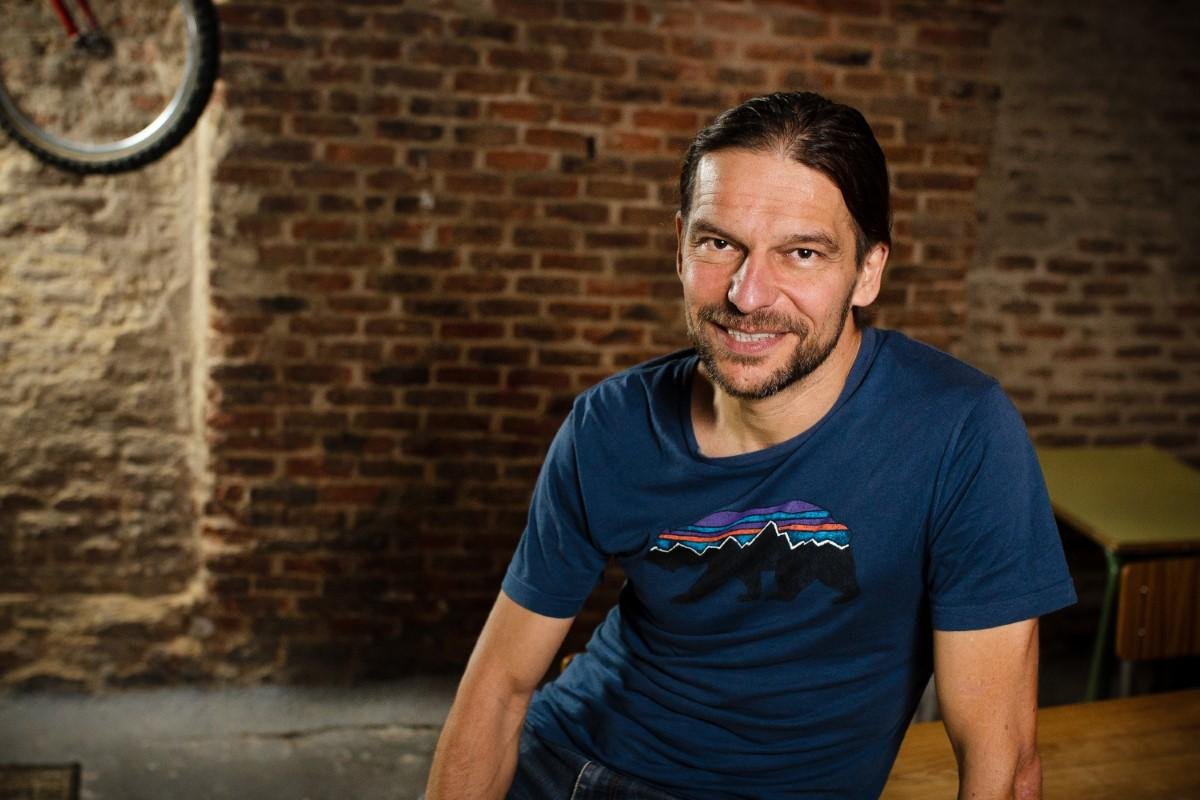
In 2008 it reached an agreement with Google to show the routes as a default layer in Google Earth, although it didn’t renew its agreement in 2019.
As of October 2019, Wikiloc has more than 5 million members, sharing a whopping 13 million routes and 24 million photographs and videos.
Ramot is a computer engineer and a big fan of outdoor train running, back-country skiing and mountain biking.
The Catalan is also an avid fan of taking pictures where he visits.
This desire to share experiences is what led him to create a web page where he uploaded the images of his routes and to which some friends had signed up.
In the days before Google Maps, Ramot would have to contact local libraries and archives and request access to the cartography of the spaces he wanted to include online.
Fortuitously, Google Maps hit Spain shortly after the launch of Wikiloc, making the new company’s job a lot simpler.
“It simplified the work a lot, we went from thousands of lines of code to about 20 or 30 to get the same result”.
The idea was created in Girona, which is still where the company’s headquarters are based, at the Parc Cientific i Tecnologic de la UdG.
Although Catalonia is one of the most popular regions on the app, it has also spread around the world.
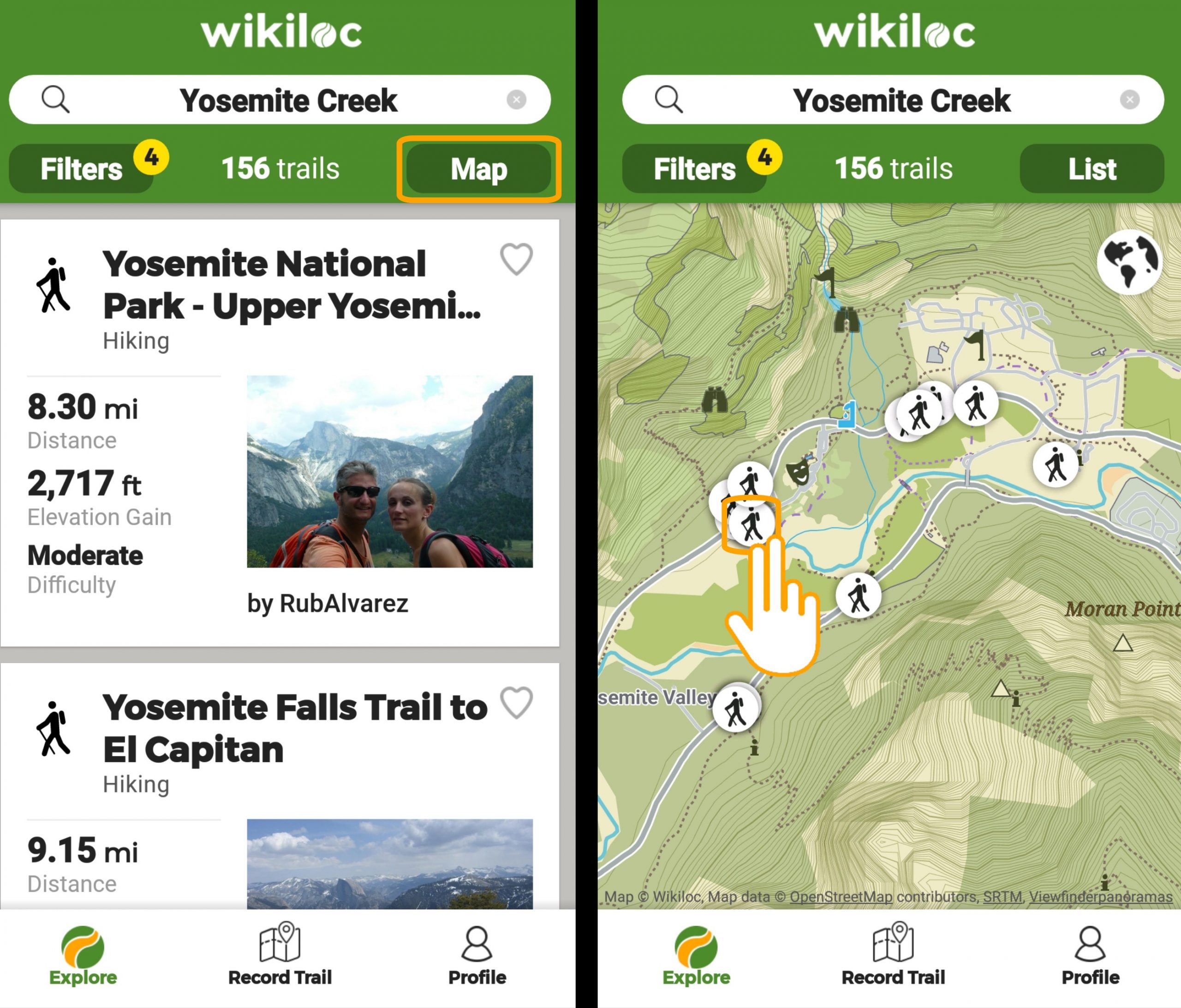
Ramot even commented that on the first day of the app’s launch, someone posted a route in Japan.
“We didn’t believe it,” he said.
One of the reasons you may not have heard of Wikiloc is because they don’t tend to spend much on advertising.
“We can’t afford it,” says the CEO.
That’s why they rely so heavily on good customer experiences and word of mouth to grow their membership.
But why has Wikiloc had so much success?
A big factor is the change in our holiday tastes, according to resident hiking expert Guy Hunter-Watts who has authored several guide books on walking in Andalucia.
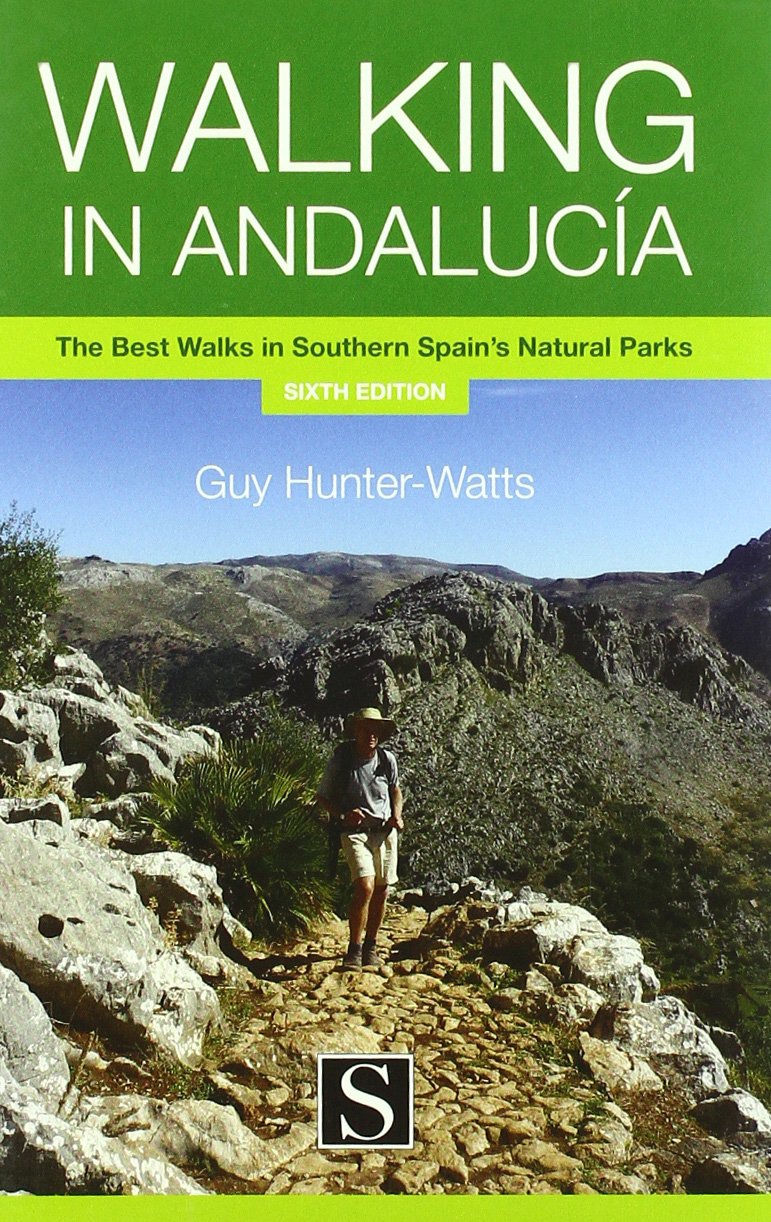
“People are keener on walking now, they’re not just interested in beaches and museums,” he told the Olive Press.
“It’s not just a form of exercise but also entertainment.”
Hiking is very trendy at the moment, but Hunter-Watts reckons it has only become popular in the last three decades.
“This is especially the case with world famous hikes like the pilgrimage that leads to Santiago de Compostela in Galicia,” he explained.
“It attracts all sorts of people, even some who aren’t necessarily experienced walkers, who just want to do it because it’s famous, sort of like visiting a famous monument.”
Technology has become an integral part of our everyday lives and the same applies for hiking.
“These phone apps have helped me greatly with writing my books,” he continued.
The 61-year-old guide believes that apps such as Wikiloc are great because they provide the perfect backup in case someone gets lost, but he doesn’t believe in relying on it for your entire trip.
“I’m a purist and a romantic, it can detract from the pleasure of the hike, a map, a compass and a key sense of directions are a better set of tools.”

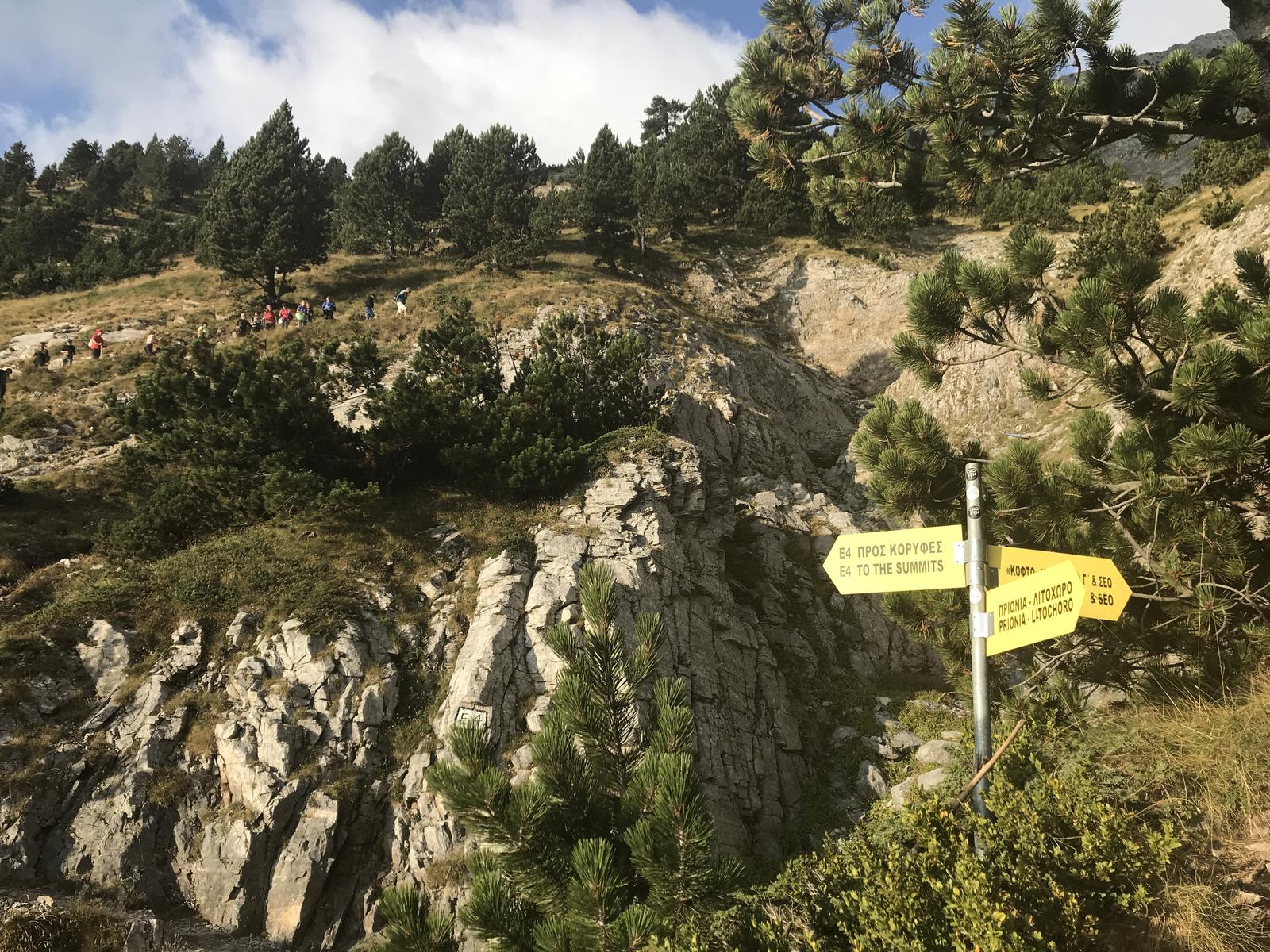



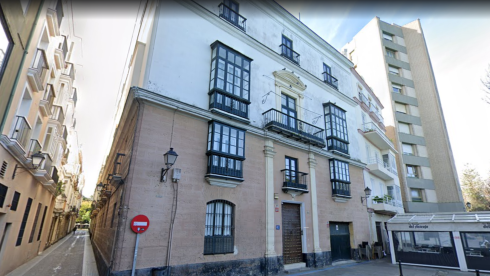






I am an active supporter of Wikiloc for many years. Have a look at my tours in Andalucia that I have posted on wikiloc. At wikiloc.com search for ‘Wandalus’.
Enjoy your hike.